Hysteroresectoscopy

specialists

equipment

treatment
Features of hysteroresectoscopy in K+31

- The clinic’s specialists are highly qualified, doctors and candidates of science
- International treatment protocols - taking into account foreign and Russian standards
- Accompanying treatment that minimizes possible side effects
- Our medical center offers patients a comfortable 24-hour hospital
- Detailed diagnostics (in-house laboratory, MRI, CT, X-ray, biopsy)
- 24-hour prompt assistance, observation and accurate diagnosis
Indications and contraindications
Indications for hysteroresectoscopy
Hysteroresectoscopy is performed for the following indications:
- Endometrial polyps are benign neoplasms of the uterine mucosa that cause bleeding and pain
- Uterine fibroids - nodes inside the cavity that cause heavy periods and disruption of the functioning of neighboring organs
- Intrauterine adhesions - ligaments of scar tissue that are accompanied by unpleasant sensations during sex, abnormal menstrual bleeding
- Endometrial hyperplasia - excessive growth of the mucous membrane associated with hormonal disorders
- Anomalies of the structure of the uterus - septations, kinks or other birth defects that prevent pregnancy or cause discomfort
Additional indications include diagnosis and removal of residual tissue after incomplete miscarriage or abortion. The method is also used to take a targeted biopsy if malignancy is suspected.
Contraindications for hysteroresectoscopy
Like any medical procedure, hysteroresectoscopy has a number of limitations:
- Acute inflammatory processes in the pelvic organs. Inserting instruments into the uterine cavity increases inflammation or causes it to spread
- Infectious diseases in the active stage. Increase the risk of complications during and after the intervention
- Suspicion of malignant neoplasms. To avoid the spread of the pathological process, the doctor selects other diagnostic methods
- Strong narrowing of the cervical canal. Impairs access to the cavity
Also, the procedure is not performed during pregnancy, after recent surgical interventions, with blood clotting disorders, or severe somatic diseases.
Answers to popular questions
Doctors at the K+31 clinic answered frequently asked questions about the procedure:
Is it possible to perform hysteroresectoscopy during menstruation?
Hysteroresectoscopy is not recommended during menstruation, since visualization of the uterine cavity is difficult due to bleeding. The optimal time for the procedure is immediately after the end of menstruation, when the endometrium is thin.
Is special preparation required before the procedure?
Yes, before the operation it is necessary to undergo a number of tests: general and biochemical blood tests, an infection test, a coagulogram. It is advisable to do an ultrasound of the pelvic organs and discuss with your doctor all current complaints and medications that you are taking. These measures help minimize risks and eliminate contraindications.
How long does it take to recover after the procedure?
Most patients feel well on the day of the procedure. You can return to your normal life in 1–2 days. It is worth giving up physical activity and sexual intercourse for 5-7 days to give the body time to recover.
Is it possible to eat food before hysteroresectoscopy?
To minimize the risk of complications, you should avoid eating 6-8 hours before the procedure. It is also important to limit fluid intake 2-3 hours before surgery.
How long does the procedure take?
Hysteroresectoscopy usually takes from 20 minutes to 1 hour, depending on the volume and complexity of the intervention.
Can hysteroresectoscopy affect fertility?
No, the procedure, on the contrary, eliminates the reasons that prevent conception. Among them: polyps, synechiae, fibroids. After successful treatment, the likelihood of pregnancy increases significantly.
What type of anesthesia is used for hysteroresectoscopy?
Depending on the complexity of the procedure and the patient’s condition, local or general anesthesia is used. Local anesthesia is used for minimal interventions, for example, to remove small polyps. General anesthesia is necessary for longer and more complex surgeries. It provides maximum comfort and safety.
Is a follow-up consultation necessary after the procedure?
Yes, a follow-up examination with a doctor is carried out 7-10 days after the procedure. It is necessary to assess the results of treatment and exclude possible complications.
Is it possible to play sports after surgery?
It is recommended to avoid physical activity for 1–2 weeks. Rest helps prevent bleeding and speeds up the healing process. You can return to intense training only with your doctor's permission.
Do I need to stay in the hospital after surgery?
In most cases, hysteroresectoscopy is performed on an outpatient basis, and the patient can return home after 3-4 hours. Complex interventions require a short hospital stay for observation.
Is it possible to combine hysteroresectoscopy with other procedures?
Yes, if necessary, during hysteroresectoscopy the doctor performs a biopsy or removal of small formations. All details are discussed with the patient before surgery.
Do you need the help of an accompanying person on the day of surgery?
If general anesthesia is used, it is better for someone close to accompany the patient. After anesthesia, slight weakness and dizziness may occur.
Can the procedure be performed if laparoscopy has previously been performed?
Hysteroresectoscopy and laparoscopy solve different problems. They can be carried out even after a short period of time. The main thing is to discuss your medical history and current indications with your doctor.

This award is given to clinics with the highest ratings according to user ratings, a large number of requests from this site, and in the absence of critical violations.

This award is given to clinics with the highest ratings according to user ratings. It means that the place is known, loved, and definitely worth visiting.

The ProDoctors portal collected 500 thousand reviews, compiled a rating of doctors based on them and awarded the best. We are proud that our doctors are among those awarded.
Make an appointment at a convenient time on the nearest date
Price
Other services

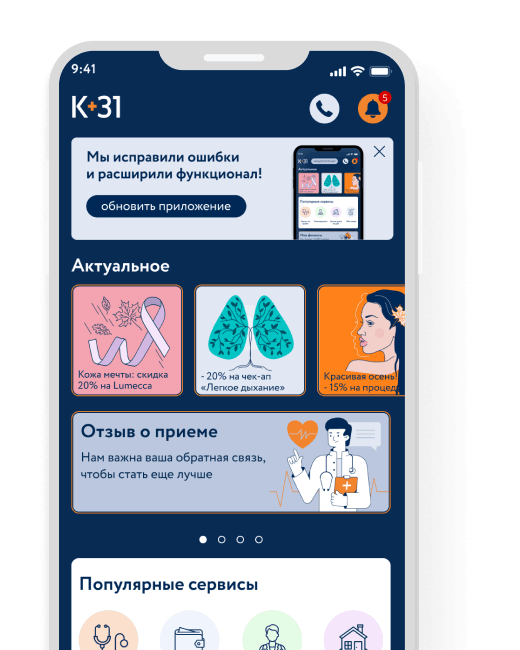
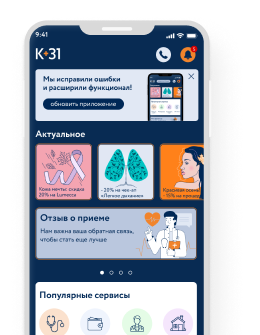



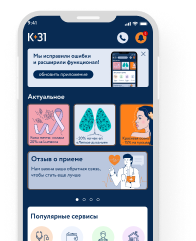
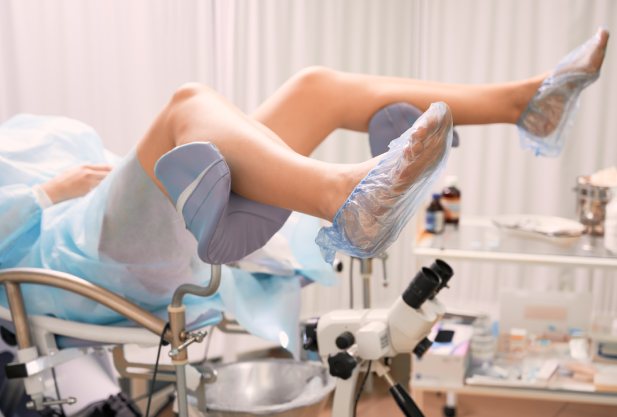
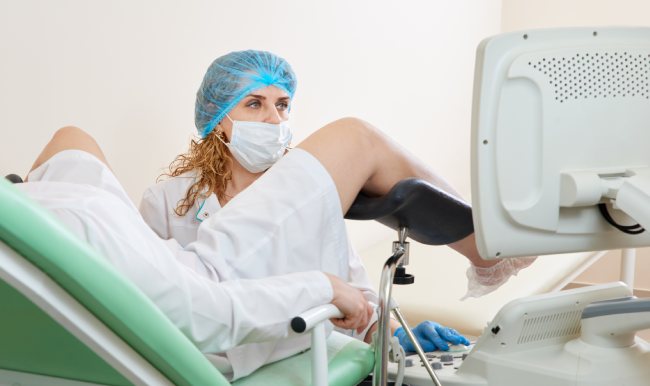
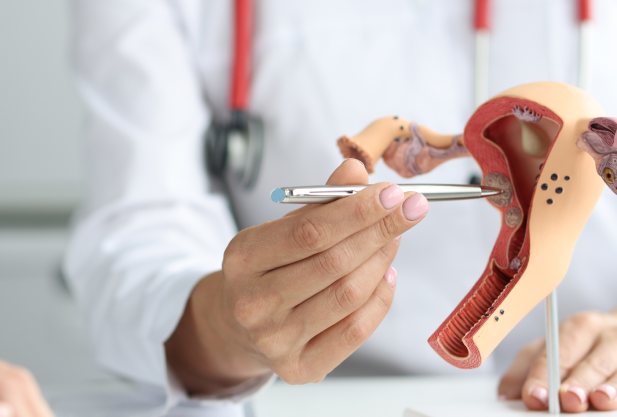
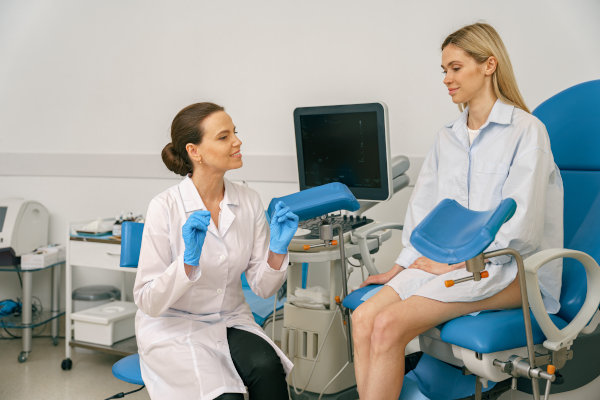









































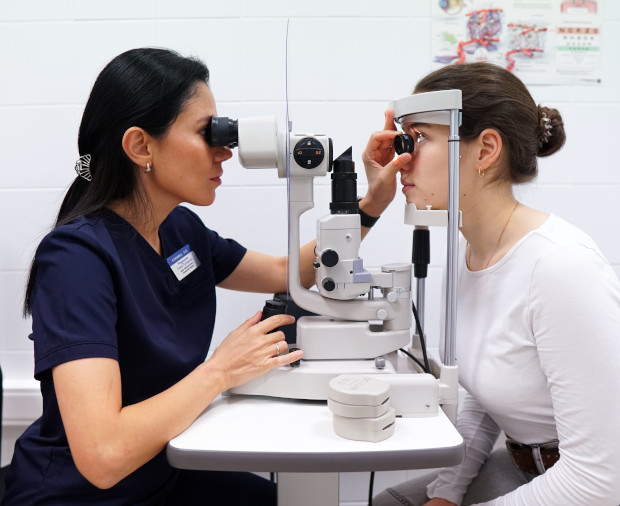




At the service
Hysteroresectoscopy is a minimally invasive surgical procedure and is used to treat the cervical canal and diseases of the uterus. Pathological formations, growths and other lesions of the mucous membrane can be removed using special endoscopic equipment, which eliminates injury to surrounding tissues.
Due to the fact that the surgical procedure uses vaginal access, there are no abdominal incisions, wounds or pain. Hysteroresectoscopy is often called the gold standard. To perform the operation, modern equipment is used - a hysteroresectoscope allows the operation to be performed without dilating the cervical canal using an instrumental method. This is of great importance for women who have not yet given birth.
Operations using a hysteroresectoscope are performed under anesthesia, which eliminates pain. The surgical intervention is carried out under the close attention of an anesthesiologist. The patient will remain in the hospital after the operation for no more than two hours. The recovery period, as a rule, does not exceed seven to ten days.